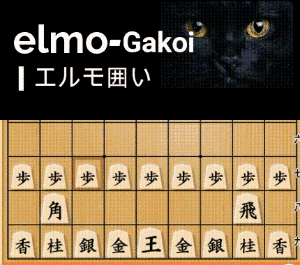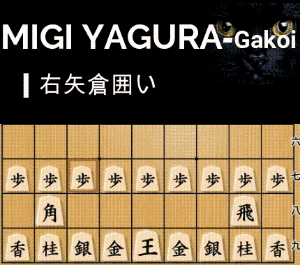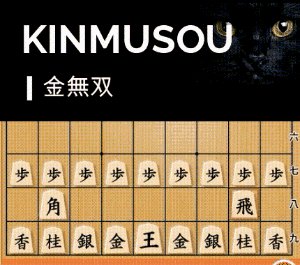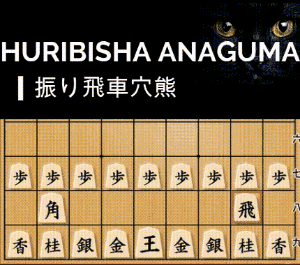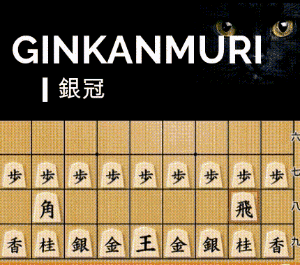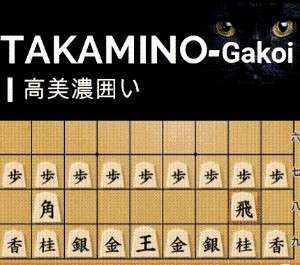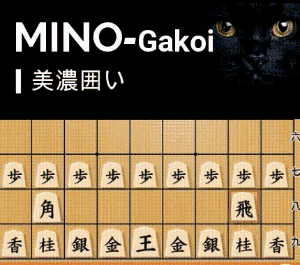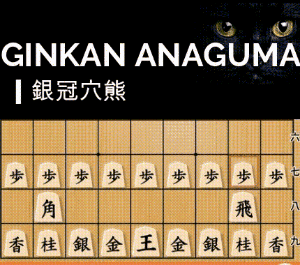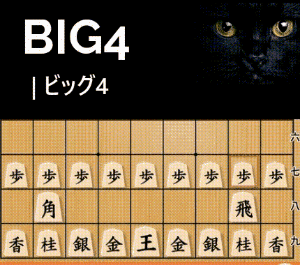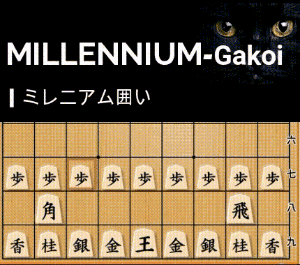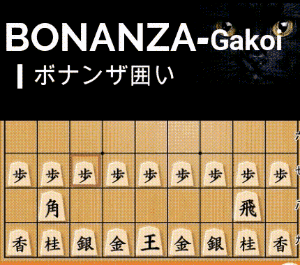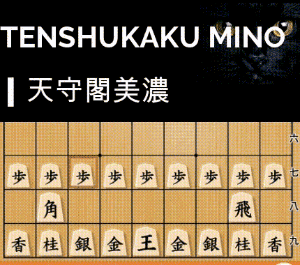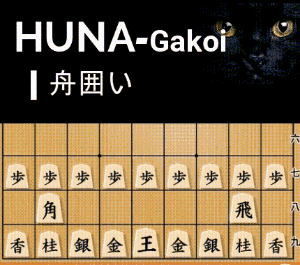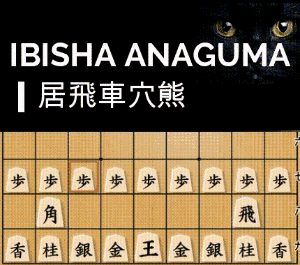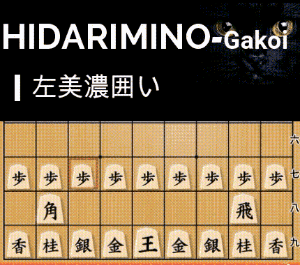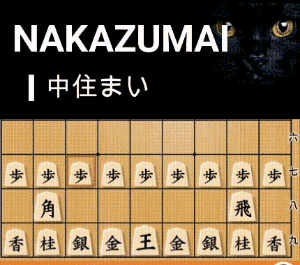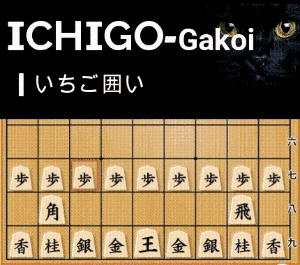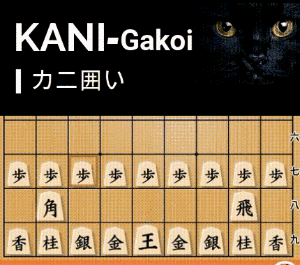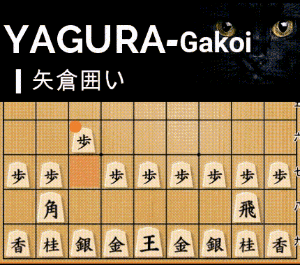How to Defend Against the Quick Ishida Attack
Learn how to counter the Quick Ishida opening in shogi. This guide covers key defensive strategies, including the bishop exchange and critical king positioning to neutralize your opponent’s early aggression.
Recognizing the Quick Ishida Opening and Choosing △4-2 King
The Quick Ishida, also known as the Masuda-Style Ishida, starts with the moves ▲7-6 Pawn, △3-4 Pawn, and ▲7-5 Pawn. The defining feature of this opening is the rapid advance of the 7th-file pawn, followed by a rook transfer to the 7th file. This aggressive setup aims to launch an early offensive.
To counter it effectively, the key move is △4-2 King. This early king movement may seem subtle, but its importance will become clear in the following moves.
(Note: Since this article analyzes the game from the second player’s perspective, the board is flipped for clarity.)
Dealing with Ishida’s Early Aggression
Once your opponent commits to moving their rook to the 7th file, initiate a bishop exchange and drop your bishop onto △4-5 Bishop. This move immediately threatens two powerful options:
- △6-7 Promoted Bishop – attacking your opponent’s rook.
- △2-7 Promoted Bishop – creating pressure on their knight and general.
If you successfully promote your bishop to △6-7 Horse, you can later move it to △7-8 Horse, targeting their rook, or △8-9 Horse, capturing a knight. This forces your opponent into a difficult position.
To counter your threats, they will likely defend with ▲6-8 Gold, allowing you to safely promote your bishop on △2-7 Horse.
At this point, your opponent is pressured to launch an all-out attack. The standard offensive idea in Quick Ishida is to push the 7th-file pawn, then strike with ▲5-5 Bishop Drop, aiming to break through your defenses. How should you respond?
✅ Trading Rook and Bishop: A Favorable Exchange!
The best way to handle this attack is to defend calmly and invite piece trades. Play △3-3 Knight to protect your lance while maintaining flexibility. If your opponent initiates an exchange of bishops and rooks, it actually benefits you.
When your opponent moves ▲7-4 Rook, respond with △7-3 Silver, blocking their attack and forcing their rook to retreat. This neutralizes their offensive plan, leaving them without a strong follow-up.
👉 Why did we move △4-2 King earlier?
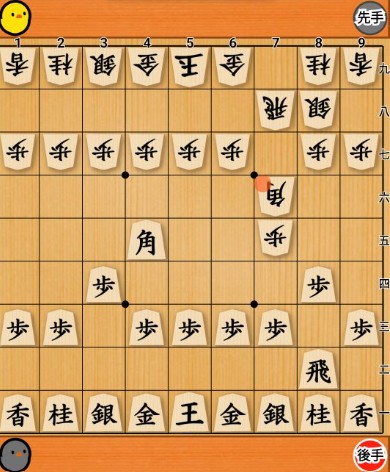
If you had skipped △4-2 King and played △4-5 Bishop Drop immediately, your opponent could have countered with ▲7-6 Bishop Drop, threatening to promote with ▲4-3 Horse.If you then played △4-2 King to escape, they could reinforce their position with ▲3-8 Silver, blocking your attack. This is why △4-2 King at the start was necessary—it prevents this powerful counterplay.
Alternative Variation: A More Tactical Battle
Let’s examine another common variation from the moment you played △3-3 Knight to defend your lance.
If your opponent is a strong player, they will likely try the more aggressive move ▲7-4 Rook, aiming to follow up with ▲8-2 Promoted Bishop, △Same Silver, ▲7-2 Rook Drop to break through your defenses.
This sequence can be dangerous because if they manage to drop ▲7-2 Rook, then △Same Gold, ▲Same Dragon, your king will be exposed, and they will also threaten your silver.
How to Stop This Attack?
Against ▲7-4 Rook, the best defense is △9-2 Rook. This move protects against future threats while keeping your rook active for counterplay.
Another option is △7-3 Pawn Drop, blocking their rook’s movement. However, the pawn drop consumes a valuable pawn, so △9-2 Rook is often preferred.
If your opponent shifts strategy and plays ▲3-4 Rook, taking your pawn, they may be preparing ▲3-3 Promoted Bishop to capture your knight. Here, you should solidify your defense with △3-2 Gold, reinforcing your position.
Now, you have a strong counterplay option: △4-5 Horse, threatening to fork your opponent’s rook and bishop. This forces them to defend with ▲3-6 Pawn, leading to a more balanced middle game.
By this point, your opponent’s initial Quick Ishida attack has been neutralized, and the game transitions into an even battle.
Conclusion
The Quick Ishida and Masuda-style Quick Ishida are fast and aggressive strategies that can overwhelm unprepared players. However, by following these defensive principles:
✔ Move your king to △4-2 early to prevent strong counters.
✔ Exchange bishops and position your own bishop on △4-5 to create threats.
✔ Be willing to trade pieces to neutralize your opponent’s momentum.
✔ Use rook repositioning and gold defense to withstand heavy attacks.
By mastering these techniques, you can confidently face Quick Ishida players and steer the game into a more favorable position.



